People sometimes talk about giving up their coffee like it’s an unhealthy habit, but it certainly doesn’t have to be! John Hopkins links coffee to a reduced risk of colon cancer, stroke and possibly Parkinson’s disease as well as stronger DNA and even a longer life (WOW!). This is good news for coffee lovers like me! Let’s dig into the question, “why use a Chemex or French Press to make coffee?”
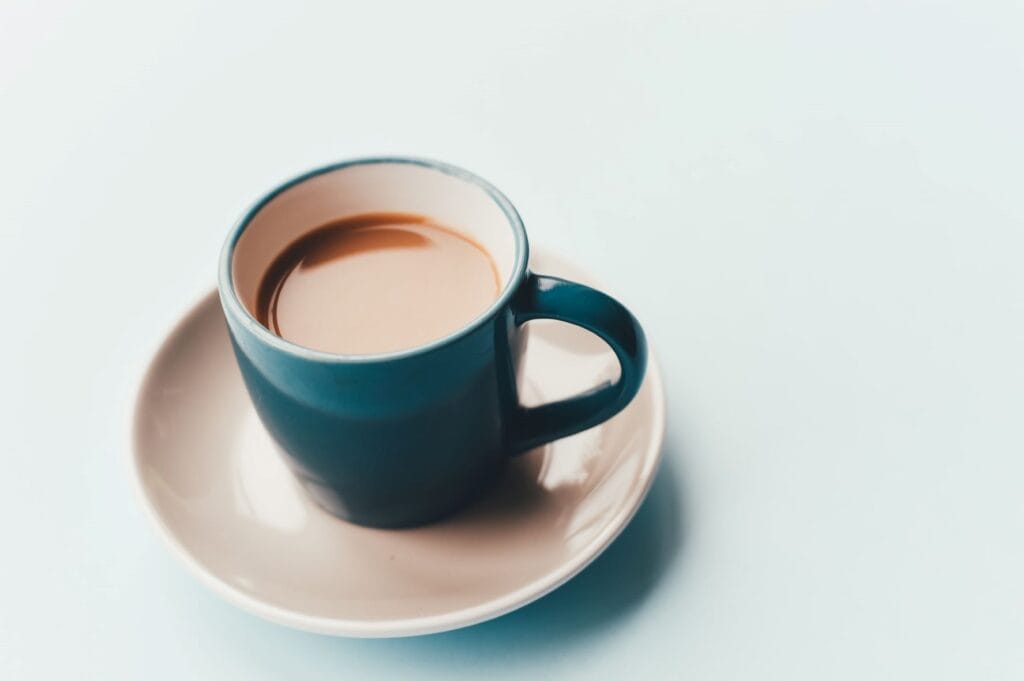
You might be thinking coffee is coffee right? Well, not exactly. The quality of your coffee can differ greatly from the type that you buy to how you prepare it. Keep reading as we examine both of those topicss in this post.
What Type of Coffee to Buy?
Coffee crops are known for being heavily treated from the soil they’re grown in to the plants themselves. Oversight is limited for imported coffee (most U.S. coffee is imported). The way coffee crops are treated will vary from country to country, but it’s a good idea to stick with organic coffee as often as possible.
Beyond our personal health, it helps me to think of the health of the farmer’s growing it, those living near the crops and our ecosystems. The benefit of buying organic goes way beyond ourselves.
Whole Beans vs. Ground
Grinding the beans yourself will give a fresher, more flavorable taste and offer slightly higher nutrient content, but pre-ground coffee is a great time saver for sure. I personally don’t take the time to grind my own coffee beans at this stage of life, but it’s a wonderful idea if you can make the time.
Ideally, you want to make your coffee at home unless you know of a place that uses organic coffee and clean ingredients. Making coffee at home is dramatically cheaper plus you have control over the ingredients and the process. You can brew organic coffee at home for about 25 cents a cup.
I recently grabbed a coffee with a gift card I was given and was shocked at the cost. Plus, I like the taste of my homemade coffee better.
Various Ways to Prepare Coffee
Now, we’ll take a look at the actual preparation of the coffee and some of the pros and cons with each method.
Keurig
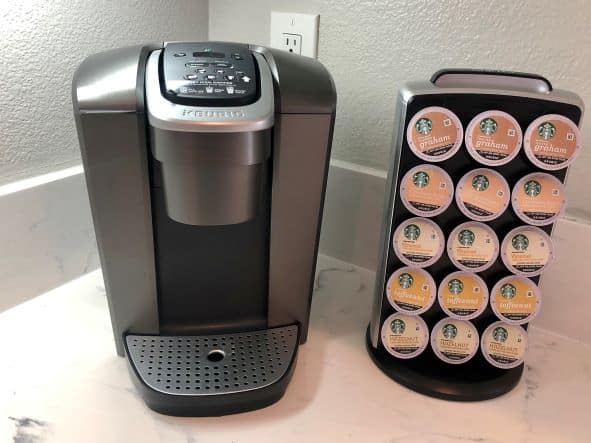
As a member of the Amazon affiliate program, I earn a small commission from qualifying purchases.
In recent years, the Keurig has become a staple in many people’s homes. I get it, Keurig’s are so darn convenient! Unfortunately, they are made of plastic and require the use of plastic pods. When you heat plastic, bisphenol A (BPA) and other yuckies can potentially leach into your coffee.
It’s not a bad idea to avoid heating plastic as often as possible. Check out “What is BPA, and what are the concerns about BPA? for an expert opinion on BPA.
Another downside of the Keurig is that it typically creates a lot of waste due to the disposable plastic pods, but you can cut down on that waste and cost by filling a reusable pod with ground coffee from a bag. This kind of undermines the convivence factor though.
If you absolutely love your Keurig and can’t imagine life without it, a compromise might be to use it when you have guests over or on especially busy days. On regular days, maybe you can use another means of making coffee. Stick around while we go over some alternatives.
Traditional Coffee Maker
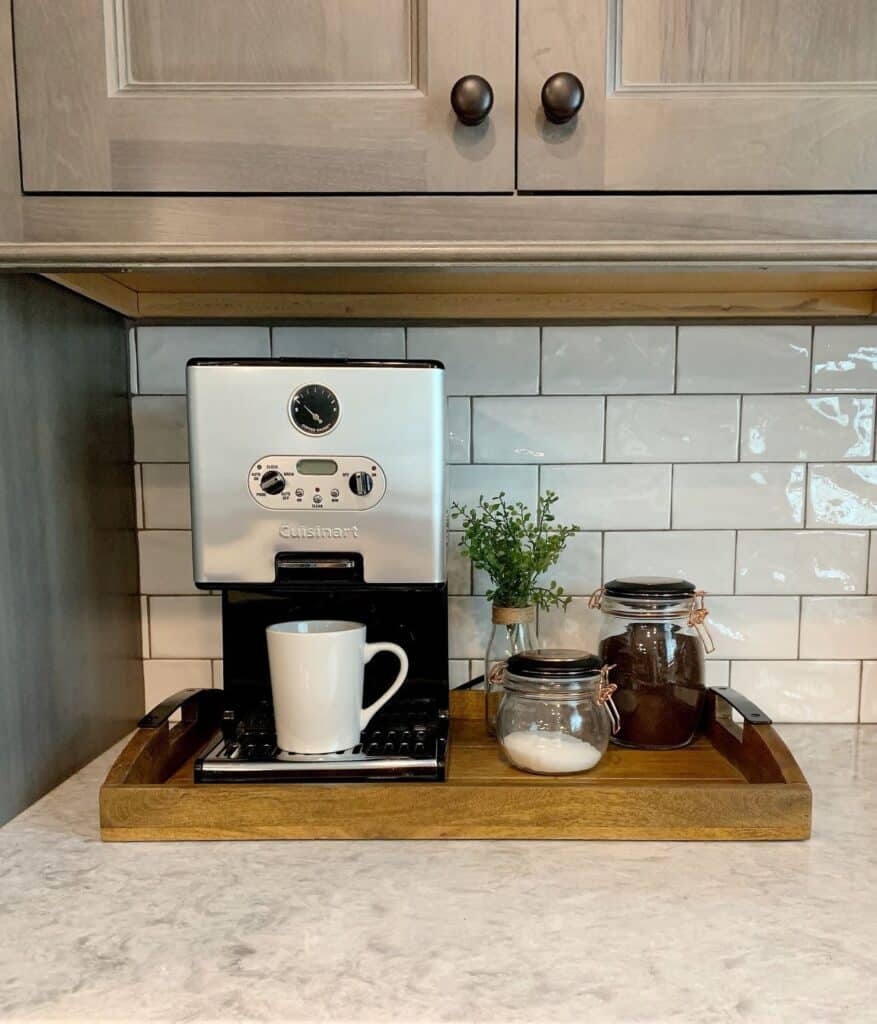
Most traditional coffee makers also contain several plastic parts, but I know many people love being able to program them. The less plastic the better if you choose a traditional coffee maker. You want as much stainless steel and glass as possible. If I were are set on having a programable coffee maker, Cuisinart makes one that is affordable and BPA free. OXO makes one that is slightly less affordable and BPA free.
To make life more complicated, BPA-free plastic can be tricky. You really need to know what is used in place of the BPA to determine if it’s a safer choice. Manufacturers began making spin-offs of BPA like BPS and diphenyl sulfone, which are potentially just as problematic as BPA. This is why some people choose to avoid plastics in the kitchen altogether.
Why Use a Chemex or French Press to Make Coffee?
The main advantages of using a Chemex or French Press are reducing plastic use and reducing toxins in your coffee. The Chemex and French Press are simple, eco-friendly ways to prepare coffee.
French Press
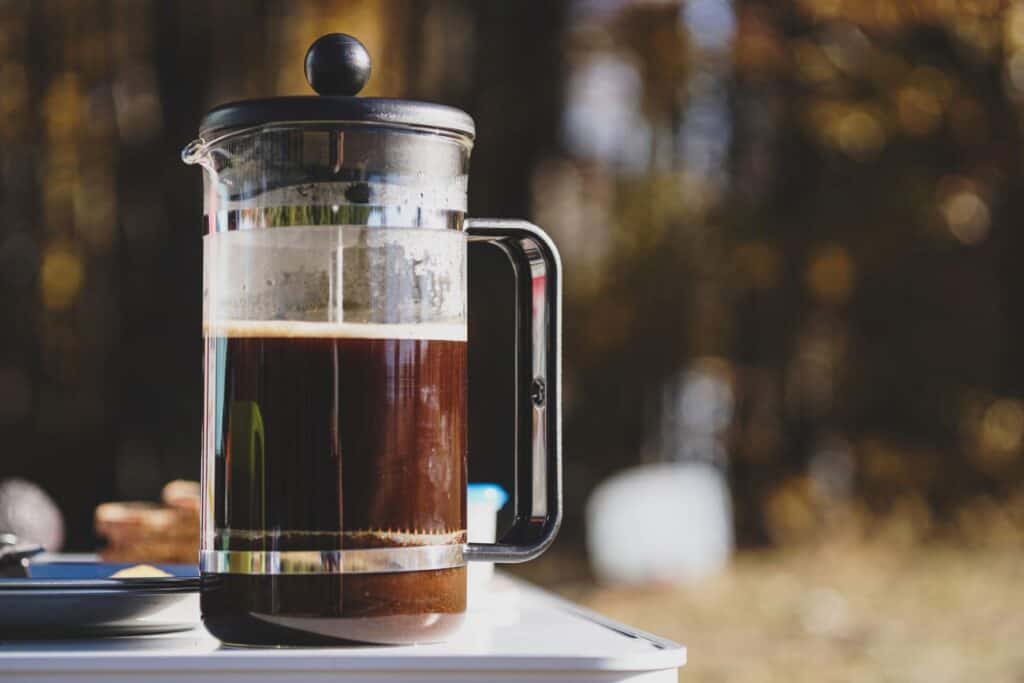
The French press can be a totally plastic-free option. Sometimes the lids are made of plastic. You want all parts to be stainless steel or glass if possible. I used a French press for about two years, before I accidently broke it when washing it in the sick one day. It served me well during that time, and I think it’s a good choice for making coffee.
My only complaint is that the cleaning was slightly difficult. Because French presses don’t use filters, you have to dump the grinds, which can be difficult. The top piece also has a little filter, so that requires slightly detailed cleaning as well. A spatula does a decent job of getting the grinds out before washing.
The great thing about the French press is that it doesn’t require a filter, which means there is no waste. Hario offers an all glass and stainless-steel option French press. I would say the French press is one of healthiest ways to drink coffee.
Chemex
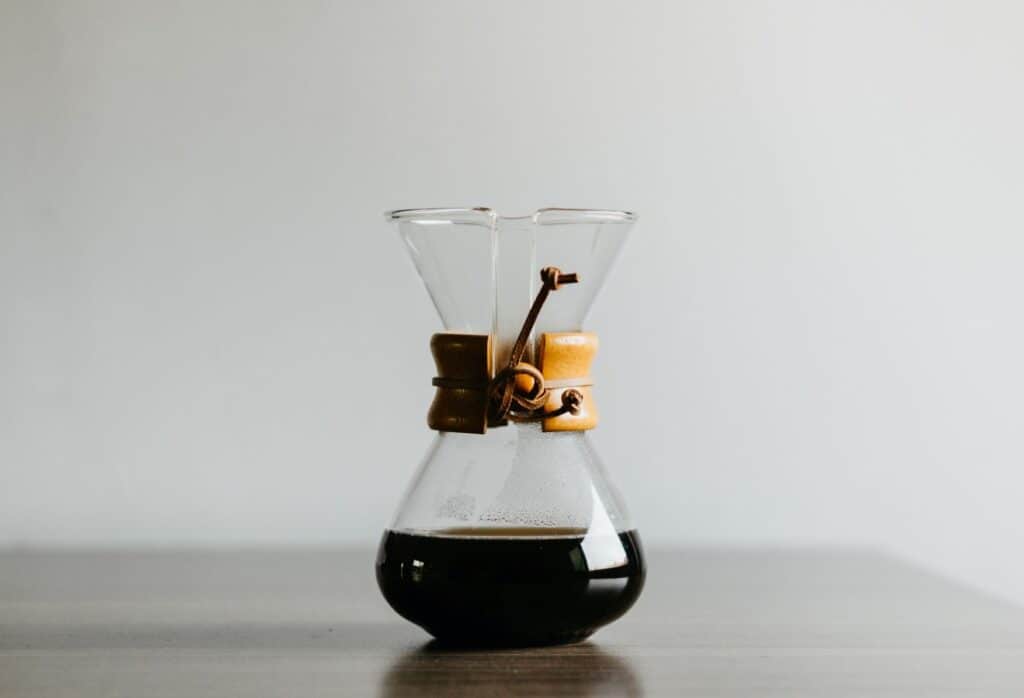
I will try not to gush too much, but Chemex is the winner in my book. It’s what I use now, and I absolutely love it! It’s all glass and made in the USA, They offer various sizes and styles depending on how many cups of coffee you prefer to brew at once.
I use the Chemex 8-cup Classic Series even though I am the only coffee drinker in my house, and I reheat the coffee on day 2. I don’t personally notice a taste difference. Keep in mind that Chemex considers 5 oz. of coffee a cup of coffee (Gasp! I’ll have two or three please!).
You do need filters with Chemex making it not quite as eco-friendly as the French press. Their filters are made of unbleached natural paper responsibly harvested in the USA from only North American materials. The filters are also biodegradable and compostable. Check out the Chemex website for full offerings.
Pour Over Dripper
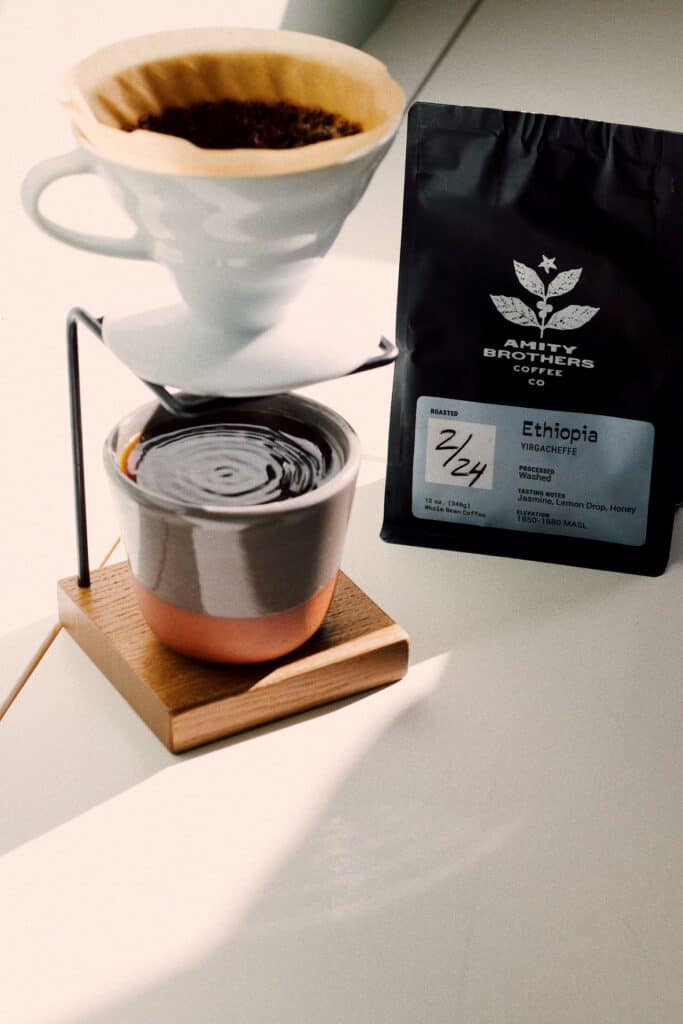
The pour over dripper is definitely a minimalist approach and what I started out using. Over time, the oils from the coffee clogged my stainless-steel dripper, and even after numerous attempts, I was unable to unclog it. This could be a great option if you are a camper who loves coffee.
They are compact and should take many years of camping trips before you have a major clogging issue (I used mine daily for about a year). Hario, an old and trusted Japanese company makes a stainless steel, glass and even a cool ceramic dripper option.
While I could not find it specifically on the Hario website, Business Insider and a few other sources suggest these are lead free. These pour over drippers can definitely be a healthy way to drink coffee.
Kettle Options
For the last 3 options, you will need a good kettle. Here are some of the better options available on Amazon.

Mr. Coffee Flintshire Stainless Steel Whistling Tea Kettle, 1.75-Quart, Brushed Satin
Cuisinart Aura Stainless Steel Stovetop Teakettle, 2QT This one checks most of the boxes but a few reviewers reported rust so keep an eye on it!
Stovetop Tea Kettle, Whistling, Borosilicate Glass, 12-Cup This one has a BPA-free plastic top. It’s difficult to find a glass one without.
The Takeaway
Overall, I would say the French press, the Chemex or other pour over drippers are all in the running for the healthiest way to prepare coffee. I hope this article empowered you to transform your coffee or assured you if you already have! Be sure to check out my related post on all-natural, homemade coffee creamers.